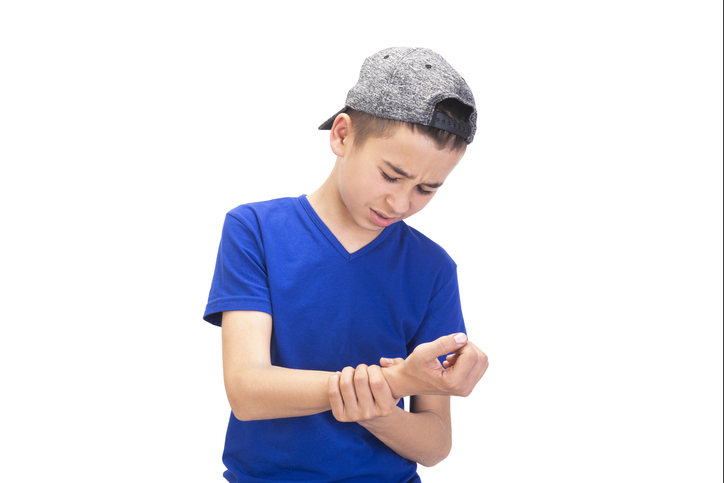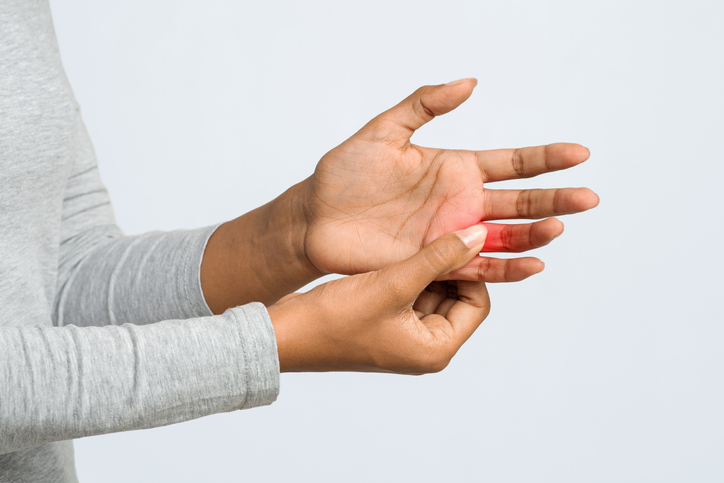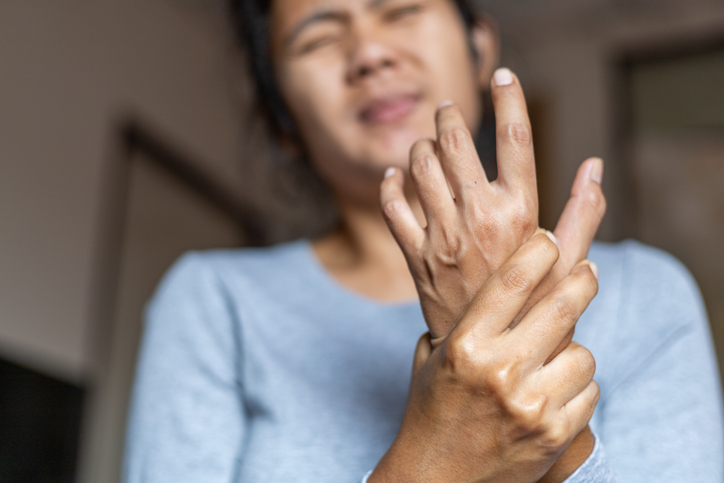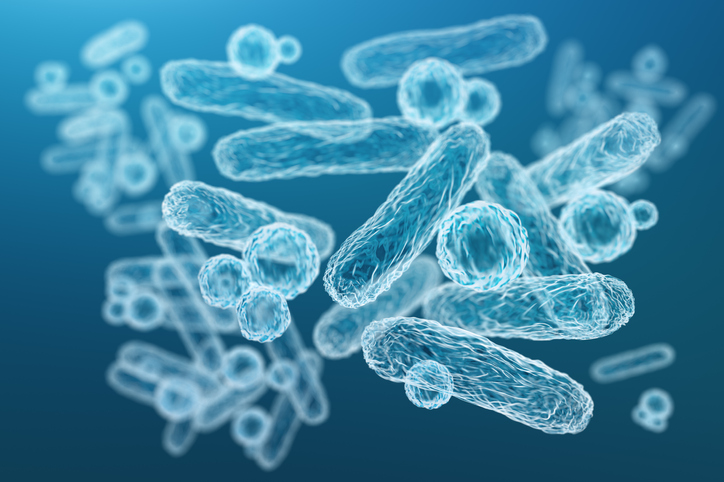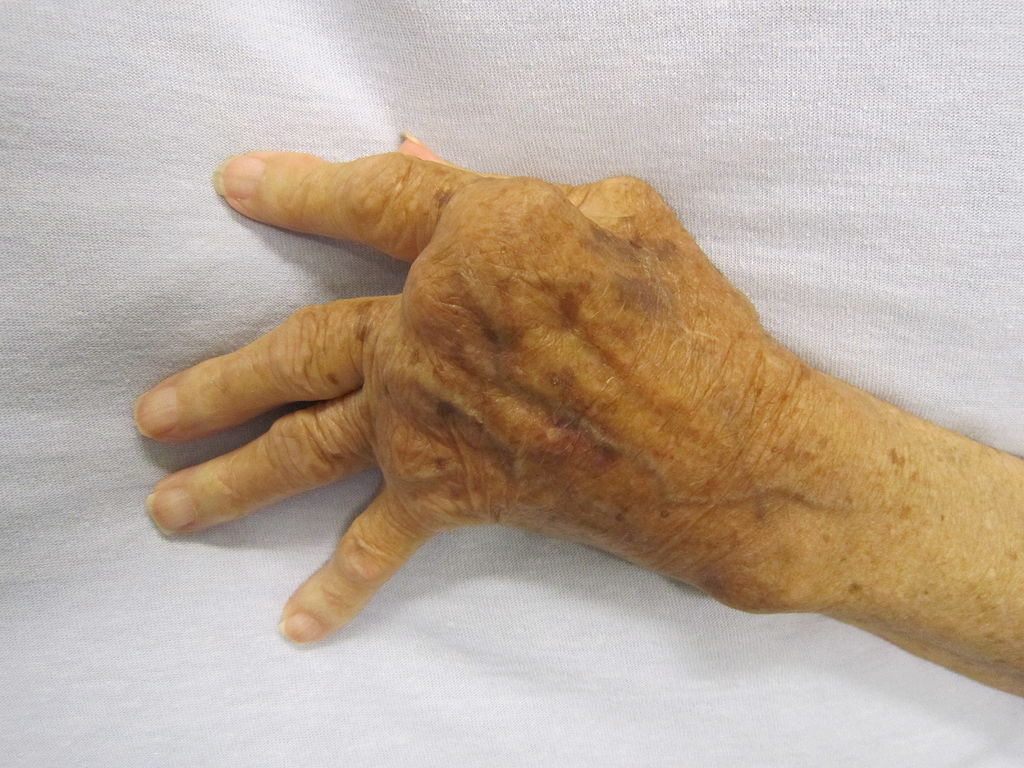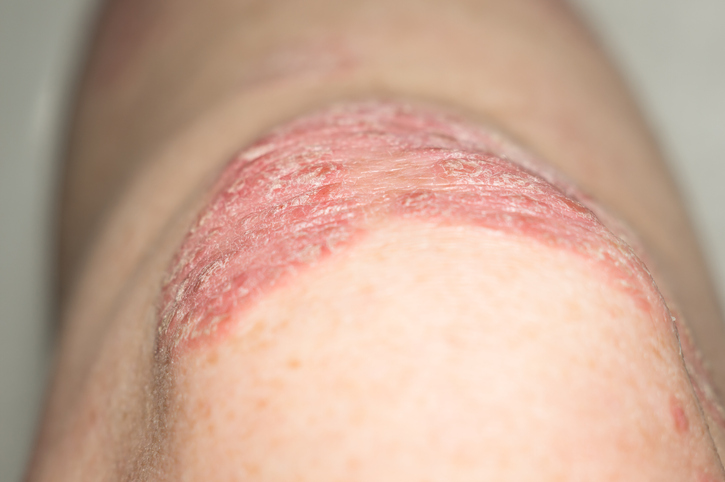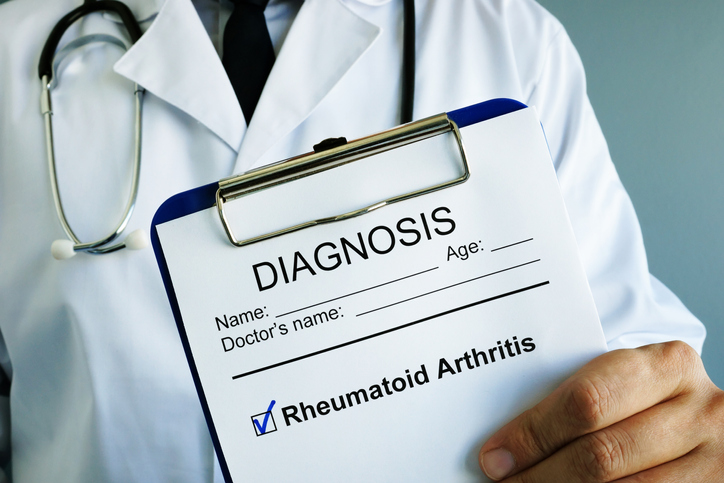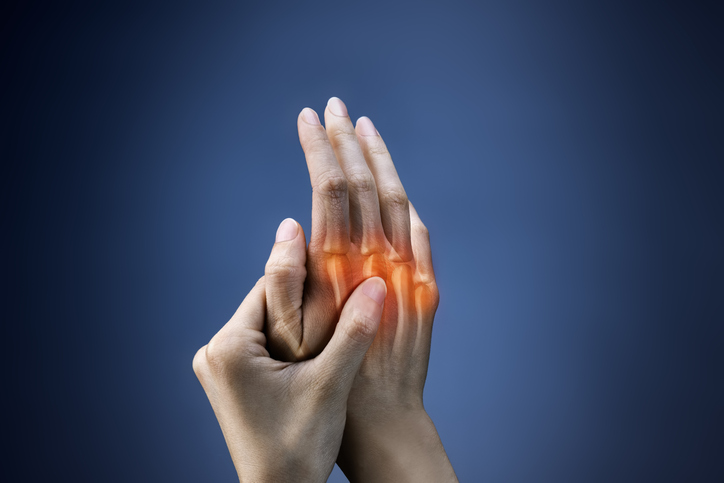Pain
Conventional Treatments for Juvenile Idiopathic Arthritis (JIA)

What is juvenile idiopathic arthritis?
Juvenile idiopathic arthritis (JIA), formerly known as juvenile rheumatoid arthritis, is the most common type of arthritis in children 16 years or younger. It is an autoimmune disease in which the immune system mistakenly attacks healthy cells and tissues in one or more joints, causing pain, swelling, and stiffness. Unlike other forms of arthritis, a child with JIA can outgrow the condition, but bone development may be affected.
A diagnosis of juvenile idiopathic arthritis requires that the child be 16 years or younger with swelling and inflammation in at least one joint for no less than six weeks.
Treatments
The goals of treatment for juvenile idiopathic arthritis include reducing pain, swelling, and stiffness, improving quality of life, and preventing long-term health effects. Treatments vary depending on the type of JIA and the severity of symptoms but may include medications and physical or occupational therapy.
Medications
Medications used to treat juvenile idiopathic arthritis include the following:
- Nonsteroidal anti-inflammatory drugs (NSAIDs) may reduce pain and swelling. Examples include ibuprofen and naproxen sodium.
- Disease-modifying antirheumatic drugs (DMARDs) are used to slow the progression of JIA and to reduce inflammation. The most commonly prescribed DMARD for JIA is methotrexate.
- Corticosteroids, such as prednisone, can be used to reduce inflammation and severe symptoms of JIA.
- Biologic agents are a new class of drugs also used to reduce inflammation. Examples include etanercept and adalimumab.
Physical therapy
Working with a physical therapist can help a child with JIA improve or maintain muscle tone and joint function. Physical therapy typically includes strength and flexibility exercises and body manipulation.
Occupational therapy
An occupational therapist can help a child with JIA improve their ability to participate in daily activities and perform daily tasks.
Assistive devices
Braces, splints, or other assistive devices can be used to protect joints and keep them in the correct position.
Surgery
For JIA that doesn’t respond to other treatments, surgery may be necessary to provide pain relief and restore joint function. Surgical options include arthroscopy and joint replacement.
